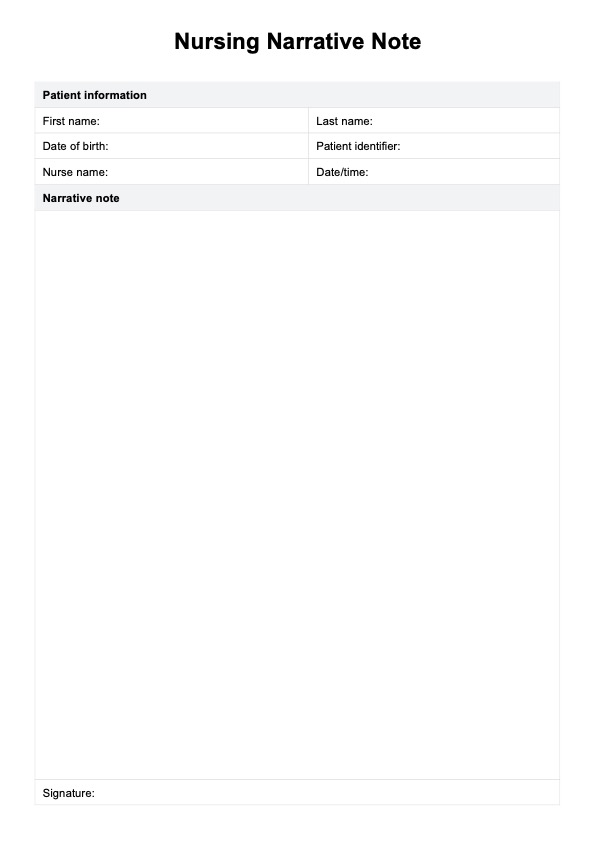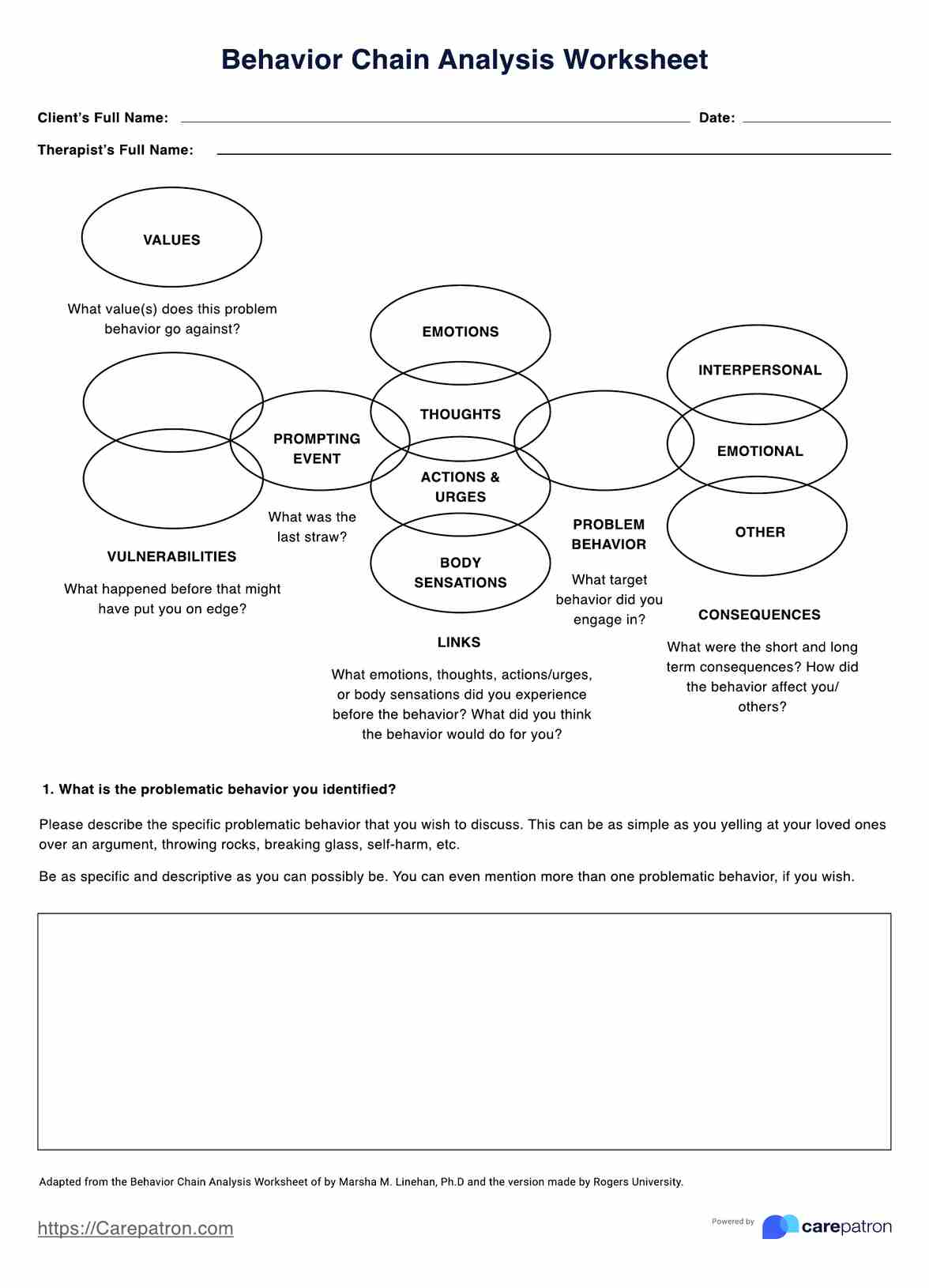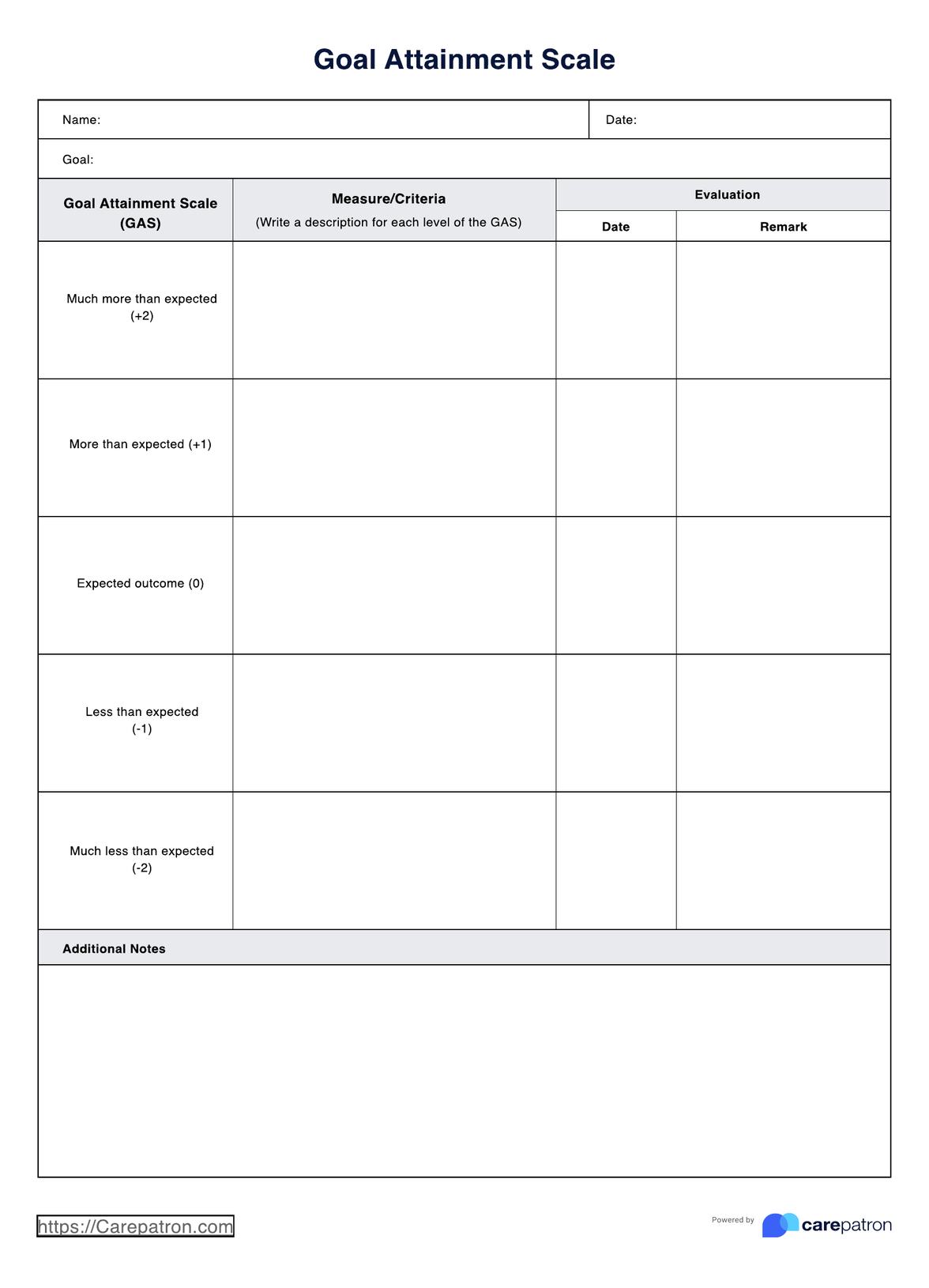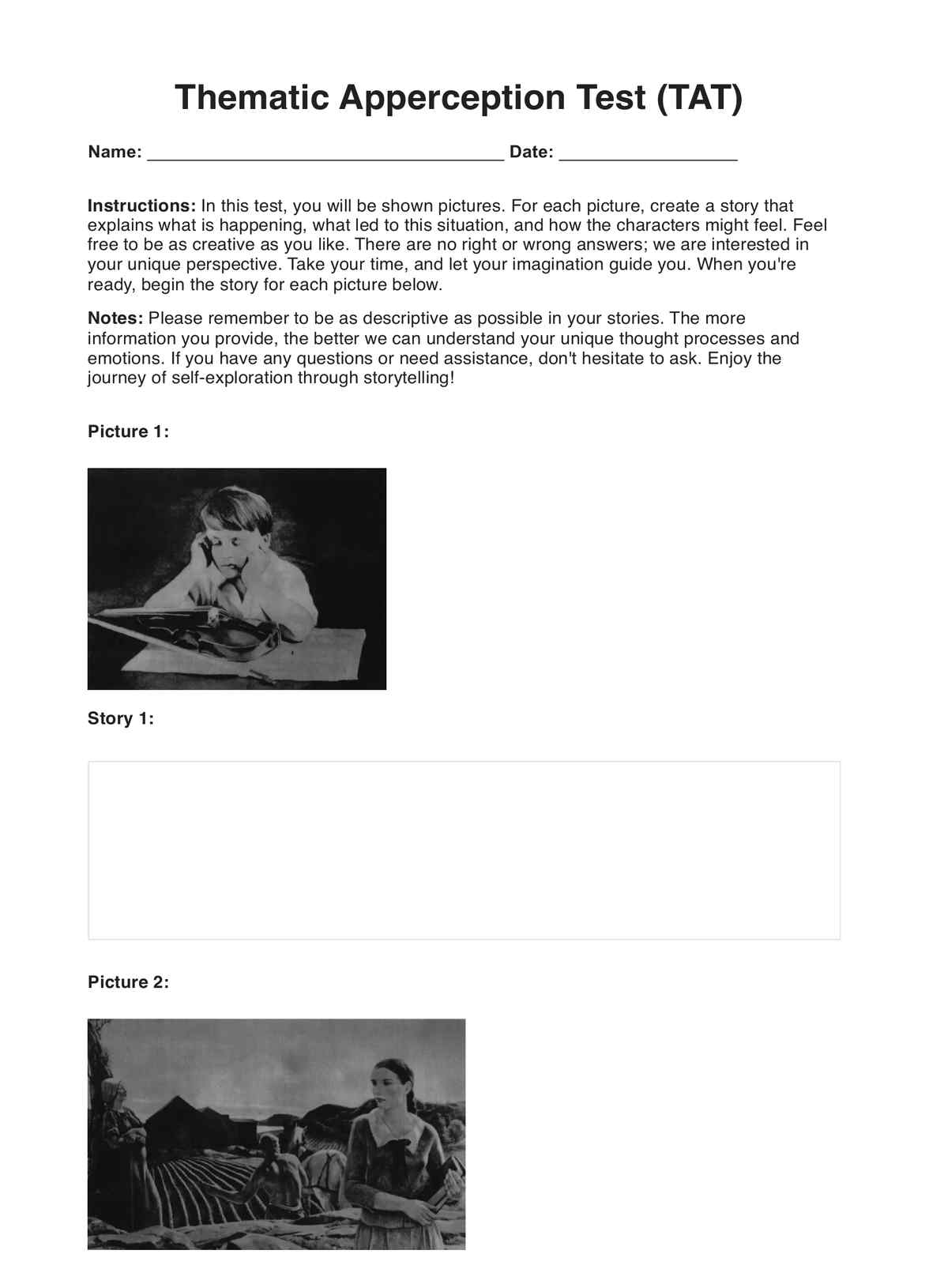Behavior Tracking Sheets
Streamline behavior monitoring with our Behavior Tracking Sheet – a versatile tool for educators, healthcare pros, and caregivers.


What is a Behavior Tracking Sheet?
A Behavior Tracking Sheet is a useful tool used in different areas, especially in healthcare and education. It helps people like doctors, teachers, and caregivers keep track of how someone behaves over time. This could be a patient, student, or someone they are looking after. You'll often find these sheets in hospitals, clinics, schools, and places where people receive care.
This document has sections where you write down specific details. These include when and what time the behavior happened, a description of the behavior, how long it lasted, how intense it was, what might have caused it, and what actions were taken to deal with it. By carefully noting all of this information, professionals can start to see patterns in behavior, understand what sets it off, and figure out why it's happening. This information allows them to create effective plans and strategies to manage or change the behavior.
These tracking sheets are especially important for people with behavior challenges, medical conditions, developmental issues, or undergoing therapy or treatment. They help build a detailed picture of how a person behaves. This information is incredibly helpful for doctors, teachers, and caregivers to make smart decisions and adjust their plans to give the best support possible.
If you want to learn more about and why they're so important in healthcare and education, check out this explainer video. It breaks things down in an easy-to-understand way.
Behavior Tracking Sheets Template
Behavior Tracking Sheets Example
How to use the Behavior Tracking Sheet
Obtain the Sheet
Start by acquiring a printable Behavior Tracking Sheet from a reputable or online source.
Preparation
Gather the necessary tools like a pen or pencil and a stable surface for writing.
Identify the Individual
Write the person's name and any unique identifiers at the top of the sheet.
Date and Time
Record the date and the exact time of each behavioral incident to establish a timeline.
Behavior Description
Provide a specific and objective description of the observed behavior in the designated section.
Duration
Note how long the behavior persisted, using minutes or hours as appropriate.
Intensity
Assess and record the intensity or severity of the behavior using the provided scale or descriptive terms.
Triggers
Document any factors or events that might have triggered the behavior, such as stressors or specific interactions.
Interventions
Describe the interventions or responses taken to address the behavior, including who performed them.
Feedback
If applicable, note any feedback received from the individual, caregivers, or professionals involved.
Review and Analysis
Regularly review the recorded data to identify patterns or trends in the behavior, focusing on common triggers and effective interventions.
Adjustments
Use insights from tracking to make informed decisions and adjust care, therapy, or educational plans.
Documentation
Keep the Behavior Tracking Sheet organized and secure for future reference or sharing with relevant parties.
Following these steps, you can effectively use a Behavior Tracking Sheet to gain insights into behaviors, tailor interventions, and provide better support for individuals facing behavioral challenges.
When would you use this Sheet?
A Behavior Tracking Sheet is a versatile tool used in various professional fields, catering to the unique needs of different practitioners. Here's a short listicle highlighting when it's appropriate to use this resource:
- Classroom Management: Teachers can use Behavior Tracking Sheets to monitor and understand students' behaviors. This is especially valuable when addressing disruptive behavior, tracking progress, or identifying patterns related to academic challenges.
- Special Education: Educators working with students with special needs rely on these sheets to track behavior patterns, tailor interventions, and ensure a conducive learning environment.
- Clinical Psychiatry: Mental health professionals use Behavior Tracking Sheets to document and analyze patient behaviors, such as mood fluctuations, self-harm, or medication adherence, aiding in treatment planning.
- Pediatrics: Pediatricians may use these sheets to monitor developmental milestones or track behaviors related to autism or attention-deficit hyperactivity disorder (ADHD).
- Elderly Care: Caregivers looking after the elderly can use Behavior Tracking Sheets to monitor behaviors related to dementia or Alzheimer's, helping provide appropriate care and support.
- Rehabilitation: Those involved in rehabilitation, such as physical or occupational therapists, use these sheets to track patients' progress, including mobility improvements or emotional adjustments.
- Applied Behavior Analysis (ABA): ABA therapists use Behavior Tracking Sheets to record and analyze behaviors in clients with autism or other behavioral challenges, guiding the development of effective interventions.
- Psychological Studies: Researchers use these sheets in studies to collect and analyze data on human behavior, aiding in the advancement of psychology and related fields.
- Child Behavior Management: Parents can utilize Behavior Tracking Sheets to understand and address their children's behaviors, fostering a healthy parent-child relationship.
- Substance Abuse Treatment: Behavioral therapists in addiction recovery programs use these sheets to monitor and support individuals overcoming substance abuse issues.
Benefits
In-Depth Behavior Analysis
Behavior Tracking Sheets empower professionals to comprehensively and systematically analyze an individual's behavior. They can meticulously examine various aspects of behavior, including frequency, duration, triggers, and contextual factors. This depth of analysis enables practitioners to uncover subtle nuances and gain a profound understanding of why certain behaviors occur and how they impact the individual's life.
Data-Driven Precision
Through systematic data collection, these sheets offer practitioners a treasure trove of information. This data encompasses behavior patterns, trends, and the specific triggers that set off behaviors. Armed with this precise information, professionals can make highly informed and evidence-based decisions regarding the most effective strategies for intervention, ensuring that their actions are tailored to the individual's unique needs.
Tailored Interventions
With a rich understanding of an individual's behaviors, practitioners can design interventions precisely tailored to address the individual's unique challenges and requirements. These interventions go beyond generic approaches, focusing on strategies most likely to bring about positive change, ultimately enhancing the effectiveness of support and care.
Long-Term Progress Monitoring
Behavior Tracking Sheets excel as tools for long-term monitoring. They provide a reliable means to track an individual's behavior over extended periods continually. This capability enables practitioners to observe changes in behavior patterns, assess the impact of interventions, and make necessary adjustments as circumstances evolve, ensuring that support remains aligned with the individual's evolving needs.
Early Intervention Excellence
One of the standout benefits of these sheets is their capacity to facilitate early intervention. By closely monitoring behaviors, practitioners can swiftly detect emerging issues or concerning trends. This early awareness empowers professionals to initiate proactive interventions, potentially preventing the escalation of problems and fostering better outcomes for the individual.
Precision Targeting
These sheets excel in identifying the most effective strategies for managing or modifying behaviors. By analyzing data, practitioners can pinpoint interventions that consistently yield positive results. This precision targeting streamlines the path to achieving positive outcomes, saving time and resources while maximizing the impact of interventions.
Research & Evidence
As a resource for monitoring and understanding human behavior, Behavior Tracking Sheets has a rich history rooted in psychology, education, and healthcare. The evolution of this resource can be traced through several key phases:
The origins of behavior tracking can be traced back to the early developments in psychology, particularly the work of behaviorists like Ivan Pavlov, John B. Watson, and B.F. Skinner in the late 19th and early 20th centuries. Their focus on observable behaviors and the principles of reinforcement laid the foundation for systematic behavior tracking.
In the mid-20th century, Applied Behavior Analysis (ABA) emerged as a prominent approach to behavior modification and intervention. ABA practitioners extensively used behavior tracking methods to gather data, assess progress, and guide interventions, particularly in treating autism spectrum disorders.
Behavior Tracking Sheets found their way into educational settings in the mid-20th century as educators and special education professionals recognized the importance of systematically documenting student behaviors. This approach was crucial for understanding and addressing issues related to classroom behavior and learning difficulties.
Behavior tracking gained significant ground in healthcare and clinical psychology. Mental health professionals, psychiatrists, and clinical psychologists began using tracking sheets to monitor patients' behaviors, emotions, and responses to therapeutic interventions. This practice became integral in designing effective treatment plans.
Over the decades, numerous studies and research projects have provided robust evidence supporting using Behavior Tracking Sheets. Research has demonstrated their effectiveness in improving outcomes in various fields, including special education, autism treatment, mental health interventions, and substance abuse treatment.
Technological advancements have recently facilitated the digitalization and accessibility of Behavior Tracking Sheets, making them more user-friendly and efficient. Additionally, integrating data analysis tools has enhanced their utility, allowing for more sophisticated pattern recognition and evidence-based decision-making.
References
Audra-Jensen-Admin-User. (2023). Behavior Data Collection Sheets for Special Education Part 1 Continuous Measurement. ABA in School. https://abainschool.com/behavior-data-collection-continuous/
Chandola, N. (2023, March 3). How to use Google Forms for behavior tracking? [3 steps] - Extended forms. Extended Forms. https://extendedforms.io/blog/use-google-forms-for-behavior-tracking
Common Core Kingdom. (2022, September 14). Behavior Intervention Contracts, Tracking Sheets, think Sheets | MagiCore. MagiCore. https://magicorelearning.com/shop/classroom-management/behavior-intervention-contracts-tracking-sheets-think-sheets
Corporate, N. (2023, May 29). Tracking Student Behavior | NTC Corporate. NTC Corporate. https://ntccorporate.com/blog/tracking-student-behavior/
Erik Kormos. (2019, September 11). Google Sheets/Behavior Tracking tutorial [Video]. YouTube. https://www.youtube.com/watch?v=JM9CoCT8GCA
Evancio, A. (2021, August 15). Behavior Tracking Sheet: For The Student Who Needs "A Little Extra" Learn Grow Blossom. https://learngrowblossom.co/behavior-tracking-sheet/
How to use Google Forms and Sheets for behavior tracking | Article. (n.d.). https://www.whyliveschool.com/blog/google-forms-and-sheets-for-behavior-tracking
Commonly asked questions
Behavior Tracking Sheets are typically used by educators, healthcare professionals, therapists, caregivers, and researchers who work with individuals requiring behavior monitoring and support.
Behavior Tracking Sheets are used when there is a need to monitor, understand, and manage an individual's behavior over time. They are employed in various contexts, including education, healthcare, and research.
Behavior Tracking Sheets document the date, time, behavior description, duration, intensity, triggers, and interventions. Professionals use this data to analyze behavior patterns and develop tailored strategies and interventions.




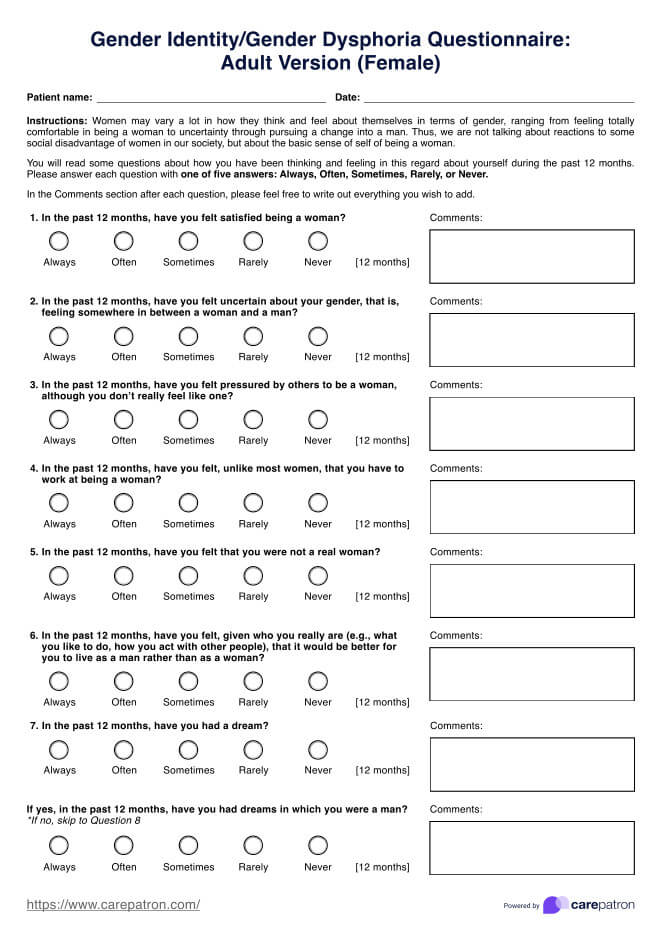











-template.jpg)



























































































